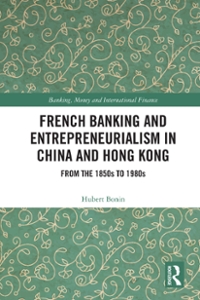Question 3 (Illiquidity) Consider an Overlapping Generation (OLG) model with indi- viduals living for three periods. In any period, M young individuals are born. Population grows at a constant raton with N = nM-1, V1 2 1. Let ci,t, of+1, and ca,#+2 be the consumption of an individual born in time in his/her first, second, and third period of life respectively. Each individual receivesy units of a perishable good as endowment when young. Middle-aged and old do not receive any endowment. Let the utility function of an individual born at timet be In ci,t + Inc2,t+1 + Inc3,t+2- Each individual also possesses a technology which converts one unit of good saved as capital in the first period in A units of goods inthe third period with X > if. The money supply grows at a constant ratez >1, Le., Me = =M-1. The newly created money is distributed among middle-aged individuals equally in each period by the government as lump-sum transfer. Leta, be the real value of transfer made to a middle-aged individual at time . Suppose that exchanges on credit is not possible. In answering the question, you can assume that the real rate of return on money", I. Would any individual use money to finance his/her consumption as oldWhy or why not? What will be the value of ? Write down an individual's life-time budget constraint. [ Marks 5 II. Derive the first order conditions characterizing the optimal choices of capital invest- ment and money holding and interpret them. Marks 14 III. Write down the goods market clearing condition. Using the goods market clearing condition along with the budget constraints and the first order conditions, derive the optimal amount of capital investment and money holding Marks 10 Question 4 (Deposit Banking) Modify the environment in question 3 as follows. Sup- pose that there are many banks (competitive banking), which offer one-period deposit at the gross rate of interestr. Similar to individuals, banks possess a technology which con- verts one unit of good deposited inthe first period in X units of goods in the third period with X > if. Individuals can save in terms of money, bank deposits, and capitalLet de be the deposit made by a young individual at time. Rest of the environment remains same. In answering the question, you can assume that the real rate of return on money over one period, VE 1, "41! = ", if money is valued. I. What would be the equilibrium rate of interest,, offered by banks to the depositors? [ Marks 2 II. Would any individual save in terms of money? Would money have value? Write down an individual's life-time budget constraint. Marks 5 III. Derive the first order conditions characterizing the optimal choices of capital invest- ment and deposit holding for a given real rate of interest on deposit(> ") and interpret them. Marks 10







